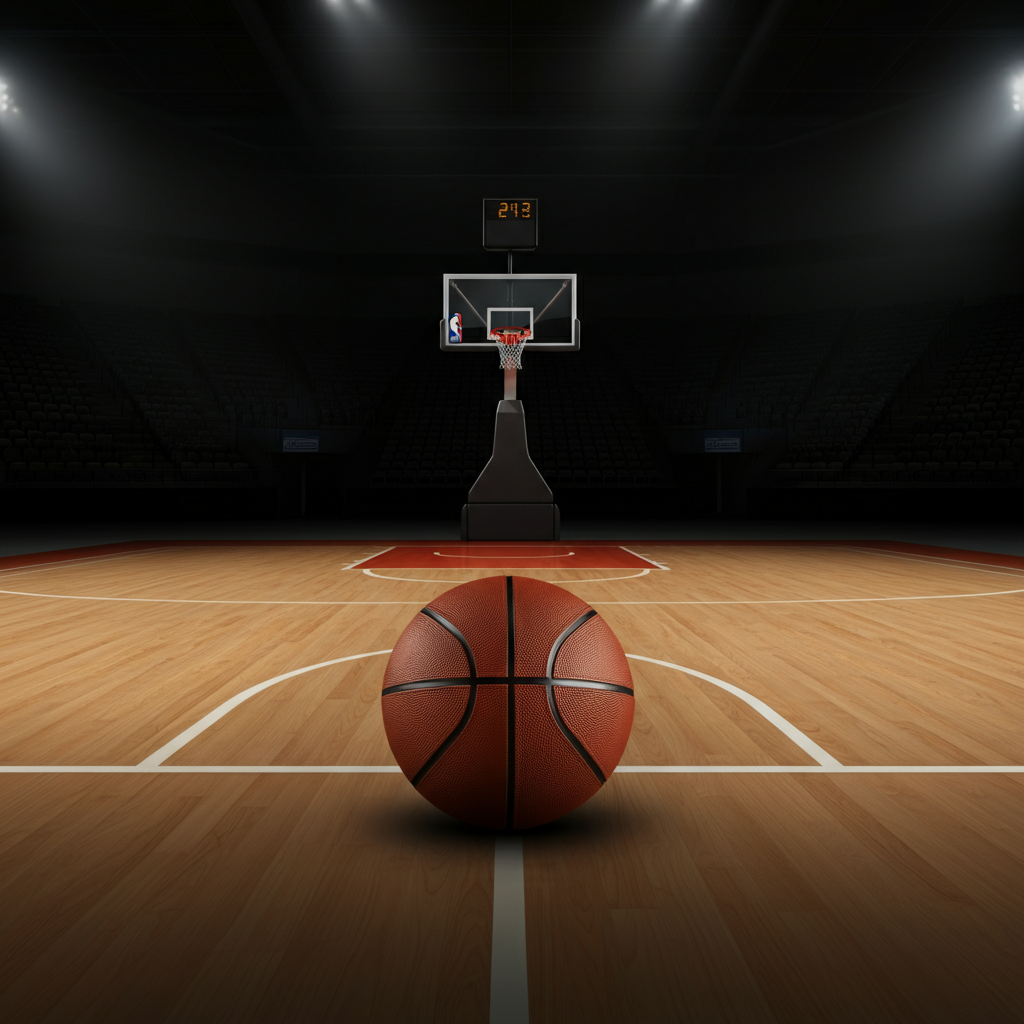
Introduction
Choosing the right basketball floor can make a world of difference in your game. Whether you’re an aspiring athlete or just enjoy shooting hoops with friends, the surface you play on affects everything from performance to safety. A good basketball floor isn’t merely about aesthetics; it plays a crucial role in how the ball bounces, how players grip and move, and even how they stay injury-free during intense games.
Indoor courts often boast different flooring options than outdoor setups. Each choice has unique characteristics that cater to various needs and preferences. With so many options available today, selecting the perfect basketball floor may seem overwhelming—but it doesn’t have to be! Let’s dive into the types of floors available for both indoor and outdoor courts, explore their pros and cons, and help you find what best suits your playing style.
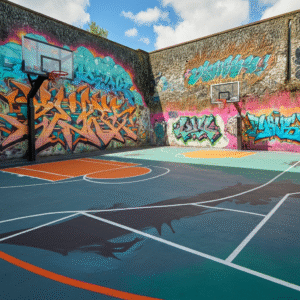
The Importance of Choosing the Right Basketball Floor
The basketball floor is the foundation of any court experience. It’s where athletes showcase their skills, and its quality can influence performance significantly. A well-chosen surface enhances grip, which translates to better control during fast-paced plays.
Injury prevention is another critical factor. A suitable floor absorbs shock effectively, reducing stress on joints and minimizing the risk of sprains or fractures. This aspect becomes especially vital for young players whose bodies are still developing.
Moreover, aesthetics shouldn’t be overlooked. A vibrant court not only inspires players but also creates an inviting atmosphere for spectators and fans. The right design can elevate the overall feel of a venue.
Longevity matters too. Investing in durable materials means more playtime with fewer repairs—saving time and money in the long run while ensuring an optimal environment for both practice and competition.
Types of Basketball Floors for Indoor Courts
When it comes to indoor basketball courts, several flooring options stand out. Hardwood is the classic choice. It offers excellent durability and a smooth surface for optimal performance. Many professional arenas use hardwood due to its aesthetic appeal.
A popular alternative is laminate flooring. It’s more affordable than hardwood and easier to install. Laminate can mimic the look of wood while providing decent resilience.
Rubber flooring has gained traction in recreational facilities. It’s slip-resistant and absorbs impact well, making it safer for players during intense games.
Vinyl floors are becoming increasingly common in gyms. They are easy to clean and maintain while offering good cushioning for players’ joints.
Each type brings unique advantages tailored to specific needs in an indoor setting. Selecting the right one can significantly affect gameplay experience and safety on the court.
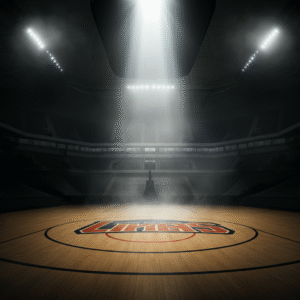
Benefits and Drawbacks of Different Indoor Flooring Options
When selecting an indoor basketball floor, various options come with their own set of benefits and drawbacks.
Wood remains a classic choice, providing excellent traction and shock absorption. It enhances player performance but can be expensive and requires regular maintenance to keep it in top condition.
Vinyl is another popular option due to its affordability and durability. It’s easy to clean and resistant to moisture, making it suitable for multi-purpose gyms. However, vinyl lacks the natural feel that wood offers.
Rubber flooring stands out for its safety features. It provides great cushioning against falls but may not deliver the same level of responsiveness as hardwood or vinyl surfaces.
Synthetic carpets offer a unique playing experience at budget-friendly prices. They are lightweight and portable but might wear down faster than other materials under heavy use. Each surface presents distinct qualities catering to different needs in basketball courts.
Factors to Consider When Choosing an Outdoor Basketball Court Surface
Choosing the right surface for an outdoor basketball court is crucial. Different materials come with unique benefits, impacting playability and safety.
First, consider weather resistance. Surfaces like asphalt are durable but can become slippery when wet. On the other hand, rubberized surfaces offer better grip in rain.
Next, think about shock absorption. A good surface reduces stress on players’ joints during high-impact activities like jumping or sprinting.
Also factor in installation and maintenance costs. Some materials require more upkeep than others. For instance, concrete might need sealing over time to prevent cracking.
Evaluate the intended use of the court—casual games versus competitive play may dictate different flooring choices based on performance needs. Make sure your selection aligns with how you plan to enjoy the space long-term.
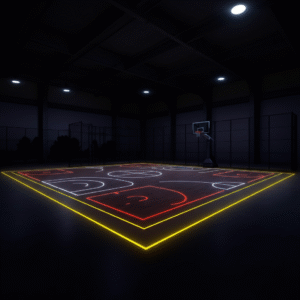
Top 5 Best Basketball Floors for Indoor and Outdoor Courts
When it comes to choosing a basketball floor, several options shine for both indoor and outdoor courts.
First on the list is hardwood, favored for its natural feel and professional appeal. It offers excellent traction and bounce but requires proper maintenance.
Next up, rubber flooring emerges as a versatile choice. It’s durable and shock-absorbent, making it ideal for outdoor settings. However, heavy UV exposure can affect its longevity.
For those looking at portability, interlocking tiles are perfect. They’re easy to set up or take down while providing decent grip.
Polyurethane surfaces rank high too; they withstand temperature changes well and offer great performance in various conditions.
Asphalt remains a classic favorite for outdoor courts. It’s budget-friendly though players may find it less forgiving on their joints compared to softer alternatives like rubber or synthetic materials.
Maintenance and Longevity of Different Flooring Materials
Regular maintenance is crucial for preserving the life of any basketball floor. Different materials require varied care routines.
Wooden floors, often found in gyms, need periodic sanding and refinishing to maintain a smooth surface. This process can extend their lifespan significantly if done correctly.
Rubber flooring is more forgiving. It’s durable and easy to clean with just soap and water. However, avoiding harsh chemicals is essential as they can damage the material over time.
For outdoor courts, concrete surfaces are robust but may crack without proper sealing. Regular inspection helps identify issues early on.
Synthetic options like vinyl provide durability and come in various designs. They typically require less upkeep compared to wood or concrete but still benefit from occasional cleaning to prevent buildup of dirt and grime.
Choosing the right material impacts not only gameplay but also how much effort you’ll invest in maintenance down the line.
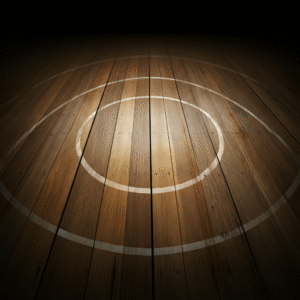
Conclusion
Choosing the right basketball floor can significantly impact both performance and safety, whether it’s for indoor or outdoor courts. As we’ve explored, each type of flooring comes with its unique advantages and disadvantages. Indoor courts often benefit from hardwood or synthetic options that provide a consistent playing surface, while outdoor setups need to consider durability against the elements.
When selecting a basketball floor, factors such as player comfort, maintenance requirements, and overall longevity should play a crucial role in your decision-making process. The best choices for different environments cater not only to aesthetics but also to functionality.
Investing time into understanding various options ensures you make an informed choice that enhances your game experience. Whether you’re setting up in a gymnasium or on your driveway, the right basketball floor will elevate every shot taken and every match played. Choose wisely!





Leave a Reply